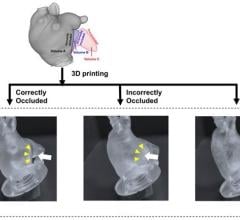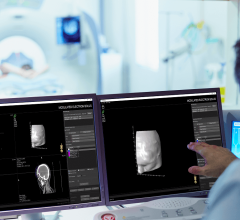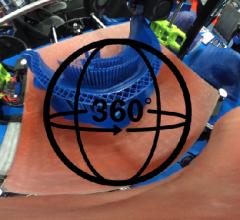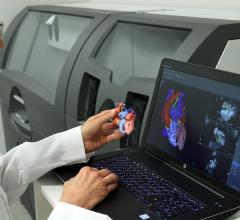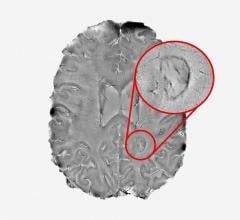
January 19, 2015 — When his wife was misdiagnosed, Michael Balzer used 3-D printing to get her accurate treatment — and save her sight.
Balzer had just launched his own 3-D imaging company in the summer of 2013 when his wife began complaining of headaches. When local doctors assured Balzer's wife that her headaches were nothing to worry about, Balzer took matters into his own hands, using his wife's magnetic resonance imaging (MRI) images to construct a true reflection of her brain — and the 3-centimeter tumor growing behind her left eye.
Printing an accurate 3-D depiction of his wife's skull, Balzer sent the model to a physician who ultimately agreed to do a new type of surgery, one necessitating a small incision above her left eye instead of sawing open her cranium and physically moving her brain. As a result, her sight was saved.
Using 3-D printing to help plan procedures and to explain diagnoses to patients “is going to become the new normal,” says Michael Patton, M.D., CEO of the Medical Innovation Lab, based in Austin, TX.
“My big message now is that this stuff is out there, and a lot of it is free,” says a relieved Balzer, whose wife is now healthy and well. “The first thing is getting the word out that your hands aren’t tied. Your buddy’s got a 3-D printer? Use it.”
For more information: www.makezine.com


 June 25, 2024
June 25, 2024 

